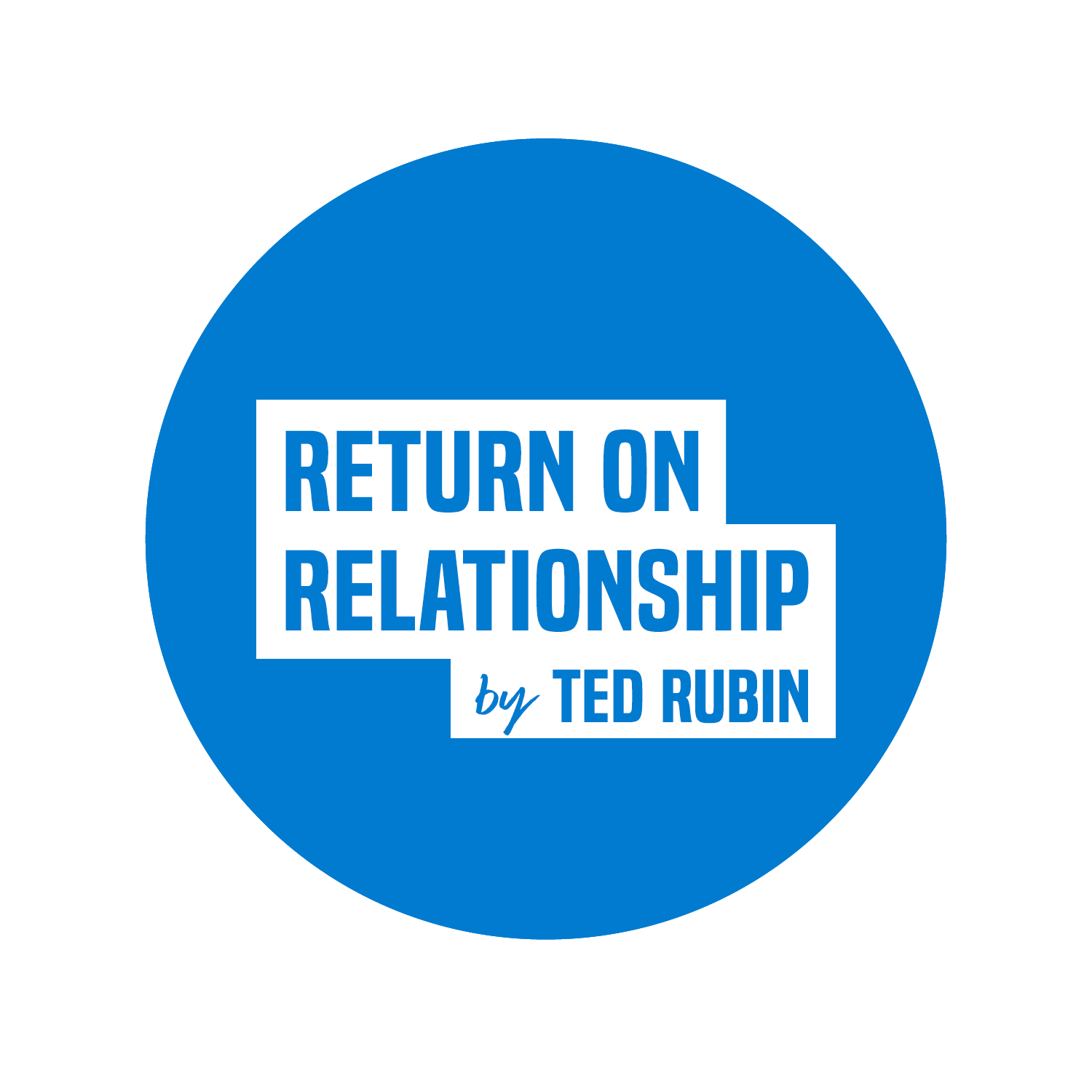Why Customer Marketing is a Strategy, Not a Tactic ~via Joelle Kaufman
I met Joelle during my 6+ year tenure as an advisor to the Dynamic Signal leadership tream, a pioneer in the employee advocacy and internal communications space. She recently launched a weekly newsletter that shares short leadership and revenue-driving tips. /Ted
Due to new economic realities—higher costs of capital, lower valuations, and stricter funding thresholds—there’s a growing need to move beyond expensive growth marketing tactics. The traditional approach of pouring resources into outbound marketing and new customer acquisition is under pressure. Instead, forward-thinking companies are shifting their focus to customer marketing as a core strategy for sustainable growth.
The Mounting Pressure on Outbound Marketing
Outbound marketing still plays an essential role, but it’s facing significant challenges. Today, 70% of the B2B sales process happens before a prospect speaks to a salesperson (Sirius Decisions), and over 75% of buyers prefer not to engage with salespeople (Gartner). This shift reflects how buyers rely more on their peers than vendors for trusted information.
In this environment, outbound marketing is increasingly expensive and less effective alone. Buyers are bombarded with content and vendor claims, and they seek trusted advice from peers who have experienced success with similar solutions. Customer marketing is more powerful than ever—it taps into the authentic, trust-based recommendations prospects crave.
Customer Marketing Strategy: Serving, Elevating, and Partnering with Your Customers
Customer marketing is more than simply maintaining relationships with existing customers. It’s about serving your customers, elevating their status, and partnering with them to build their success and yours.
Serving: Start by solving your customers’ most pressing problems beyond fundamental customer success.
Elevating: Make your customers thought leaders and innovators in their industries by providing them with platforms to showcase their expertise.
Partnering: Develop long-term partnerships focusing on their growth and success, which fuels your own.
This holistic approach requires integration across marketing, product, and customer success teams, making customer marketing strategy an essential part of the company’s culture.
Case in Point: Peer Conversations at DySi Summit
A perfect example of this strategy in action occurred at the DySi Summit, where two competing grocery chains shared their labor challenges in a roundtable discussion. One customer, already using our platform, shared their digital engagement success, sparking an authentic conversation. This reinforced the relationship with our existing customer and expedited a deal with the new prospect, reducing the competitive pressure we’d typically face.
This kind of customer marketing strategy—creating spaces for authentic peer-to-peer discussions—allows prospects to hear trusted, real-world success stories, shortening sales cycles and mitigating risks.
Why Case Studies and Rewards Programs Are Just Tools, Not Strategies
Many companies rely on case studies and reward programs as part of their customer marketing efforts. While these can be valuable tools, they should not be part of a customer marketing strategy.
Case Studies: Rather than generic promotional content, case studies should highlight your customer’s unique achievements. They need to position the customer as an expert in their field, solving real problems innovatively.
Rewards Programs: These can build loyalty, but the real value comes from creating programs that recognize and elevate customers, show appreciation for their contributions to the community, and encourage long-term engagement.
Atactic is to create customer profiles that customers can share on social media. These profiles elevate the customer’s personal and professional brand while showcasing their success with your product. This helps your company and gives customers a platform to be seen as thought leaders in their industries.
Customer Marketing is Not Just a Job Title
One of the biggest misconceptions about customer marketing is that it’s a role for a “customer marketer.” In reality, a customer marketing strategy needs to permeate the entire organization:
Marketing Teams should focus on every customer interaction as an opportunity to build the customer’s personal brand and reputation.
Product Teams should develop features that make it easy for customers to measure success and share it with peers.
Customer Success Teams should prioritize helping customers grow as industry leaders and experts.
Sales Teams should view customers as potential influencers whose endorsements can reduce risk for prospects.
Most importantly, this shift from a “customer marketer” to a company-wide strategy ensures that every function plays a role in building customer success and advocacy.
Reducing Risk for New Buyers with Customer Marketing
The core power of customer marketing strategy is that it reduces the perceived risk for new buyers. Authentic customer endorsements, rooted in real success stories, carry immense weight in today’s skeptical market. Buyers trust their peers more than vendors, and when they hear how a product has transformed a colleague’s business, it alleviates the fear of making a wrong decision.
This is not about customers doing the heavy lifting for you. It’s about their honest endorsements dramatically reducing the risk for potential buyers. Peer recommendations provide confidence that your product works and delivers value, essential in an age where trust in vendors is at an all-time low.
Strategic Advantages of Customer Marketing
Customer marketing offers several clear advantages, especially in today’s economic climate:
Cost Efficiency: With rising capital costs, focusing on your existing customers provides a much more cost-efficient growth strategy than constantly chasing new leads.
Faster Sales Cycles: Peer recommendations reduce the hesitation and competitive pressures that often slow decision-making.
Higher Conversion Rates: Authentic customer endorsements lead to higher conversion rates because they trustworthyly address prospects’ pain points and concerns.
Conclusion: The Future of Growth Lies in Customer Marketing
As businesses face tighter economic conditions and rising costs, the future of sustainable growth lies in customer marketing strategy. By focusing on serving, elevating, and partnering with customers, companies can create lasting relationships that lead to growth—both for the customer and for the business.
Customer marketing isn’t a tactic to be deployed sporadically. It’s a long-term strategy that integrates engaging with customers, listening, and building trust. Now is the time to make customer marketing the cornerstone of your go-to-market approach.



